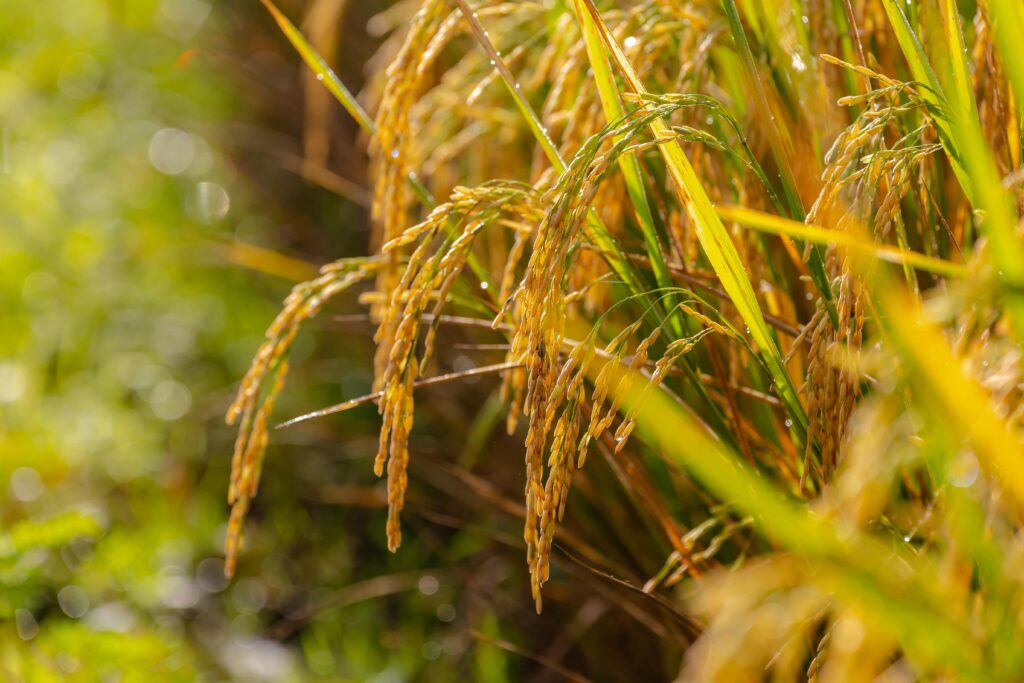
Agriculture took root 12,000 years ago and changed how people lived and society in general. Before agriculture, humans were traditionally hunter-gatherers. By introducing farming to their daily lives, human populations were able to increase their food supply. Civilizations and cities grew along with the population. Agriculture changed the way people were able to survive in the world and planted the seeds for today’s civilization.
Ancient Agriculture
The shift toward farming and forming permanent settlements is known as the Neolithic Revolution, and it’s believed to have started around 10,000 B.C.E. Farming was born in the Fertile Crescent, where modern-day Turkey, Iran, and Iraq are. After the last Ice Age, the climate grew warmer, and this helped make it easier to grow crops. The ancestors of wheat, peas, and barley were some of the earliest known crops cultivated. As people began to form settlements, they started domesticating animals like pigs, cattle, goats, and sheep as well. Without the need to constantly search for food, people were able to turn their attention toward making their lives better in different ways, including inventing metal tools and the wheel.
American Agriculture History
Farming was an important part of America’s history from the beginning when the native people taught Plymouth settlers how to farm crops like maize. As more communities started to form, plantation agriculture was developed in southern states like Virginia, Maryland, and South Carolina to grow tobacco, indigo, rice, and cotton, largely using slave labor. However, up until the 1860s, most farming was done on a household basis to provide what the family needed to survive instead of as a large commercial enterprise. Farming expanded rapidly between 1860 and 1910, with the number of farms tripling from two million to six million. Under the Homestead Act of 1862, the federal government issued 160-acre tracts of land to families settling in areas west of the Mississippi River.
During World War I, the United States was a critical supplier of food to allied nations since most European farmers were serving in the military. Thanks to the growing need for farms and their expansion, the agricultural market was able to expand rapidly. However, the industry boom also encouraged farmers to buy out their neighbors, expand their farms, and go into debt, which came back to haunt them in the 1930s. President Franklin D. Roosevelt’s New Deal programs included help for farmers, which helped to pave the way for the federal government’s role in planning the agricultural sector of the U.S. economy. And after World War II, the development of chemical pesticides helped farms to increase crop yields tremendously.
The Science of Agriculture
Agriculture is the science and art of soil and crop cultivation. Specialized topics in agriculture include plant breeding, genetics, soil science, irrigation management, pest prevention, and environmental sustainability, all of which are aimed at improving the efficiency of farmland. Scientists have learned over time that farmers can improve soil health by rotating where they plant different crops from year to year. They also study water samples to learn about the effects of bacteria and pollutants. Studying agriculture has also helped to improve equipment and technology. Tractors have helped farmers do their jobs more efficiently, and genetic modification of seeds has led to higher crop yields, better drought resistance, and decreased likelihood of disease. Farming has a lot of uncontrollable obstacles, but by studying agriculture and making strides in farming, we can get past those obstacles, improve our food supply, and help the environment all at once.
Farming in the 21st Century
Due to increased consumption and rising populations, we need agriculture now more than ever. The goal of 21st-century farming is to sustain the ecosystem while also reducing world hunger. Farming today is a specialized field. In the past, farmers would do a little bit of everything, but now, farmers focus specifically on a few types of crops or livestock. They are also able to use new technology to provide better care to their plants and animals. Farming isn’t the same as it was 12,000 years ago, and it’s still evolving. As the world keeps changing, the field of agriculture will, too.
- What Is Agricultural Science?
- The Development of Agriculture
- Ancient History of Agriculture
- A Timeline of 3,000 Years of Progress in Agriculture
- A Condensed History of American Agriculture
- Farming in the 21st Century
- The History of American Agriculture
- History of Urban Agriculture
- American Agricultural Policy
- Early Agricultural Societies
- Ancient Egyptian Agriculture
- History of Agriculture
- Everything You Need to Know About Agricultural Science
- Fast Facts About Agriculture and Food
- Farming in the U.S.
- Evolution of Agriculture
- Ancient Farming in Eastern North America
- Ancient Farming Techniques: The Way of the Future
- Personal Stories and the Story of Agricultural Innovation
- The Science of Farming

